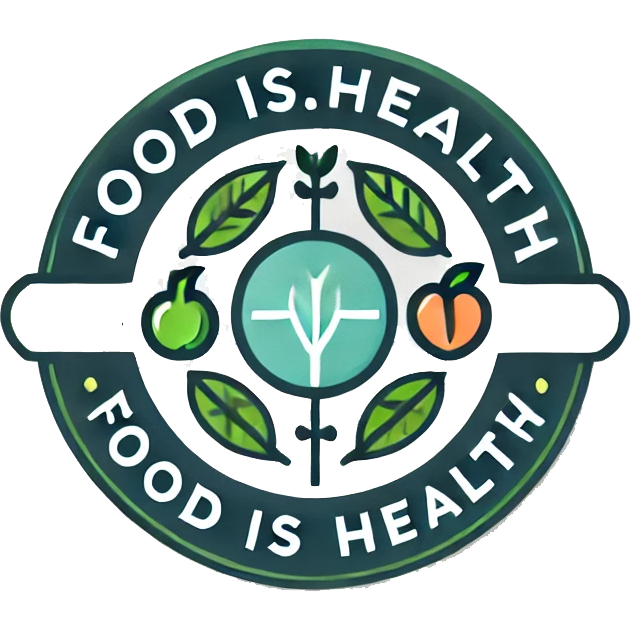If you think you might have a dairy allergy, it can feel overwhelming to figure out what steps to take next. Understanding the symptoms, how to confirm a diagnosis, and what dairy-free alternatives are available can help make this process easier. Let’s break it all down so you have a clearer path forward.

Dairy Allergy vs. Lactose Intolerance: What’s the Difference?
Before diving into the symptoms of a dairy allergy, it’s important to differentiate between a dairy allergy and lactose intolerance. Although both involve problems with dairy, they are two different conditions.
- Lactose intolerance occurs when your body doesn’t produce enough lactase, an enzyme that helps digest lactose (the sugar found in milk). This leads to uncomfortable symptoms like bloating, gas, and diarrhea after consuming dairy products.
- Dairy allergy, on the other hand, is an immune response to proteins found in milk, like casein and whey. When you have a dairy allergy, your immune system mistakenly identifies these proteins as harmful and reacts, causing symptoms that can range from mild to severe.
Common Symptoms of a Dairy Allergy
The symptoms of a dairy allergy can vary widely from person to person, and they can affect different parts of the body. Here are some signs to watch for:
- Skin reactions – These include hives, rashes, swelling, and itching. Eczema may also flare up in people with a dairy allergy.
- Digestive issues – This could include stomach pain, nausea, vomiting, and diarrhea, similar to lactose intolerance. However, with a dairy allergy, these symptoms may appear much sooner after consuming dairy.
- Respiratory symptoms – Wheezing, coughing, and shortness of breath may occur. Some people may experience a runny nose or nasal congestion.
- Anaphylaxis – In severe cases, dairy allergies can lead to a life-threatening reaction called anaphylaxis. This includes symptoms like difficulty breathing, a drop in blood pressure, and loss of consciousness. If you suspect anaphylaxis, seek medical attention immediately.
How to Confirm a Dairy Allergy
If you suspect you have a dairy allergy, the best course of action is to see a healthcare professional. They can guide you through the diagnosis process, which typically includes the following steps:
- Keeping a food diary – Write down everything you eat and note any symptoms you experience. This can help you and your doctor identify patterns and pinpoint possible triggers.
- Elimination diet – Your doctor may ask you to eliminate dairy from your diet for a period of time, usually around two to four weeks. After this, you’ll slowly reintroduce dairy to see if the symptoms return.
- Allergy testing – Doctors can perform skin prick tests or blood tests to check for an allergic response to dairy proteins. In some cases, they may also perform an oral food challenge, where you consume small amounts of dairy under medical supervision to monitor for reactions.
- Lactose intolerance tests – Since lactose intolerance shares some symptoms with a dairy allergy, your doctor may perform a lactose intolerance test, which measures how your body reacts to a lactose-loaded drink. This helps rule out lactose intolerance as the cause of your symptoms.
Dairy-Free Alternatives
If you are diagnosed with a dairy allergy, don’t worry—there are plenty of delicious dairy-free alternatives that can fit seamlessly into your diet. Here are some of the best options for common dairy products:
- Milk – There are numerous plant-based milk options, including almond milk, soy milk, oat milk, coconut milk, and rice milk. Each type has its own taste and texture, so you can choose based on your preferences. For example:
- Almond milk has a light, nutty flavor.
- Soy milk is high in protein and has a creamy texture.
- Oat milk has a mild, slightly sweet taste and is great for frothing in coffee.
- Cheese – Dairy-free cheeses are now widely available and made from ingredients like nuts, soy, and coconut oil. Some popular options include cashew cheese, soy-based cheese, and vegan mozzarella. Many dairy-free cheeses melt and stretch similarly to regular cheese, making them great for pizza or grilled cheese sandwiches.
- Yogurt – Non-dairy yogurts are often made from coconut, almond, or soy milk. These options are available in a variety of flavors, and they typically include live cultures that benefit gut health, similar to dairy-based yogurts.
- Butter – Instead of traditional butter, try dairy-free spreads made from plant oils like olive, coconut, or avocado oil. There are also vegan butters available that can be used in baking and cooking just like regular butter.
- Ice Cream – You don’t have to give up your favorite frozen treat. There are many dairy-free ice cream options made from almond, coconut, or oat milk. These come in a wide variety of flavors, and you can even find brands that offer dairy-free chocolate and cookie-dough options.
- Cream – For recipes that call for heavy cream or half-and-half, you can use coconut cream or cashew cream as substitutes. These plant-based creams offer a rich, thick texture that works well in soups, sauces, and desserts.
Reading Labels
When managing a dairy allergy, it’s crucial to read food labels carefully. Dairy can hide in unexpected places, such as baked goods, processed foods, and even some deli meats. Look out for ingredients like:
- Casein (a milk protein)
- Whey (the liquid part of milk)
- Lactose (milk sugar)
- Ghee (clarified butter)
You should also be cautious of terms like “natural flavors” or “artificial flavors,” as these could contain dairy derivatives.
When to See a Doctor
If you’re experiencing symptoms after eating dairy but aren’t sure if it’s a true allergy, it’s important to see a healthcare provider. This is especially important if your symptoms are severe, as untreated allergies can become dangerous over time. Additionally, diagnosing a dairy allergy can help you avoid symptoms and find the right dietary plan for your needs.
Conclusion
Suspecting that you have a dairy allergy can be stressful, but by paying attention to your body and working with a healthcare provider, you can confirm whether dairy is the culprit. From there, switching to dairy-free alternatives will allow you to maintain a healthy, balanced diet without compromising on taste. Whether you choose almond milk, coconut yogurt, or dairy-free butter, there are plenty of delicious options to keep your meals satisfying.
By keeping an eye on your symptoms, seeking the right diagnosis, and making simple substitutions in your diet, living dairy-free can be easier than you might think.
Make sure to check out more articles in our News & Views section. Feel free to reach out any time to collaborate with Food Is Health on projects which help people heal through natural food & nutrition.
Organic vs Conventional Food | Food Preservatives & Additives | Anti-Inflammatory Diets | Gut Health & Probiotics | Plant-Based Diets | Detox Diets & Cleanses | Food Allergies & Sensitivities Functional Foods | Sustainable Eating & Food Waste | Ag Related Topics | Popular Topics
